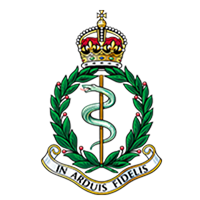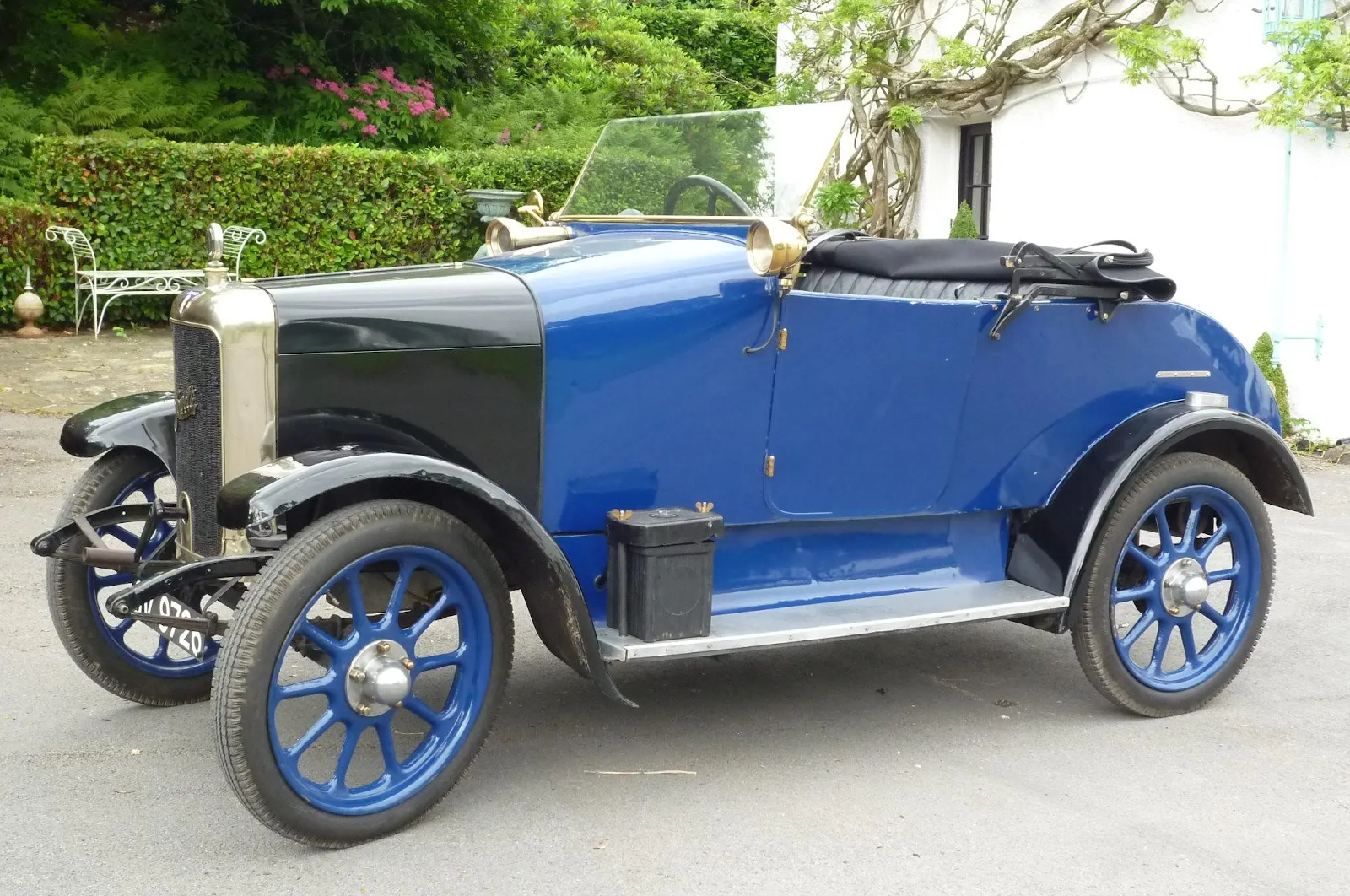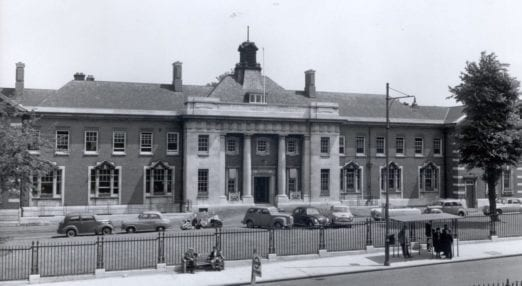The novel takes place in April 1922.
Kate lives in Headingley near Leeds. Headingley is a suburb of Leeds, West Yorkshire, approximately two miles out of the city centre.
Gerald, Kate's late husband, belonged to the Royal Medical Corps. The Royal Army Medical Corps is a specialist corps in the British Army which provides medical services to all Army personnel and their families, in war and in peace.
Bradford in West Yorkshire is the city near where Joshua Braithwaite lived. The city grew in the 19th century as an international centre of textile manufacture, particularly wool.
Kate's car is a Jowett convertible. Jowett was a manufacturer of light cars and light commercial vehicles in Bradford, West Riding of Yorkshire, England from 1906 to 1954.
Kate is a amateur photographer. One of her cameras is a vest pocket autographic Kodak.
Kate mentioned mmeting Frank Meadow Sutcliffe, a famous photographer. Francis Meadow (Frank) Sutcliffe (6 October 1853 – 31 May 1941) was an English pioneering photographic artist whose work presented an enduring record of life in the seaside town of Whitby, and surrounding areas, in the late Victorian era and early 20th century.
During the war Kate was a VAD, which is how she met Tabitha. The Voluntary Aid Detachment was a voluntary unit of civilians providing nursing care for military personnel in the United Kingdom and various other countries in the British Empire. The most important periods of operation for these units were during World War I and World War II.
The Low Moor Explosion in 1916 takes an important role in the novel. The Low Moor Explosion was a fire and a series of explosions at a munitions factory in Low Moor, Bradford, West Riding of Yorkshire in August 1916. The factory was manufacturing picric acid to be used as an explosive for the First World War effort and was well alight when the Bradford Fire Brigade arrived. A massive explosion and a series of smaller ones killed 40 people including on-site workers, a railwayman and six firemen who had attended the fire from the Odsal and Nelson Street fire stations.
Sir Arthur Ignatius Conan Doyle (22 May 1859 – 7 July 1930) was a British writer and physician. He created the character Sherlock Holmes in 1887 for A Study in Scarlet, the first of four novels and fifty-six short stories about Holmes and Dr. Watson. Doyle had a longstanding interest in mystical subjects and remained fascinated by the idea of paranormal phenomena, even though the strength of his belief in their reality waxed and waned periodically over the years.
Jean Elizabeth Leckie (14 march 1874 - 27 june 1940) was the second wife of Sir Arthur Conan Doyle. They married on 18 september 1907, but Conan Doyle was in love with her since 1897, a platonic love until the death of his first wife in 1906.
Dr Grainger is to join Professor Padmore in his new hospital, Maudsley Hospital. The Maudsley Hospital is a British psychiatric hospital in south London. The Maudsley is the largest mental health training institution in the UK.
The Cavendish Club is a ladies' club which opened after the war and where Kate meets Dr Grainger for lunch. It was founded in 1920 by Margaret Russell, Lady Ampthill in her capacity as Chairman of the Voluntary Aid Detachment of nurses during World War I, and was intended to be "a first class Ladies' Club" for veteran nurses of the VAD.
Kate discovers that Joshua had a place for him and Kate to live in Robin Hood's Bay. Robin Hood's Bay is a village in North Yorkshire. It is 6 miles south of Whitby and 15 miles north of Scarborough on the Yorkshire Coast.














No comments:
Post a Comment